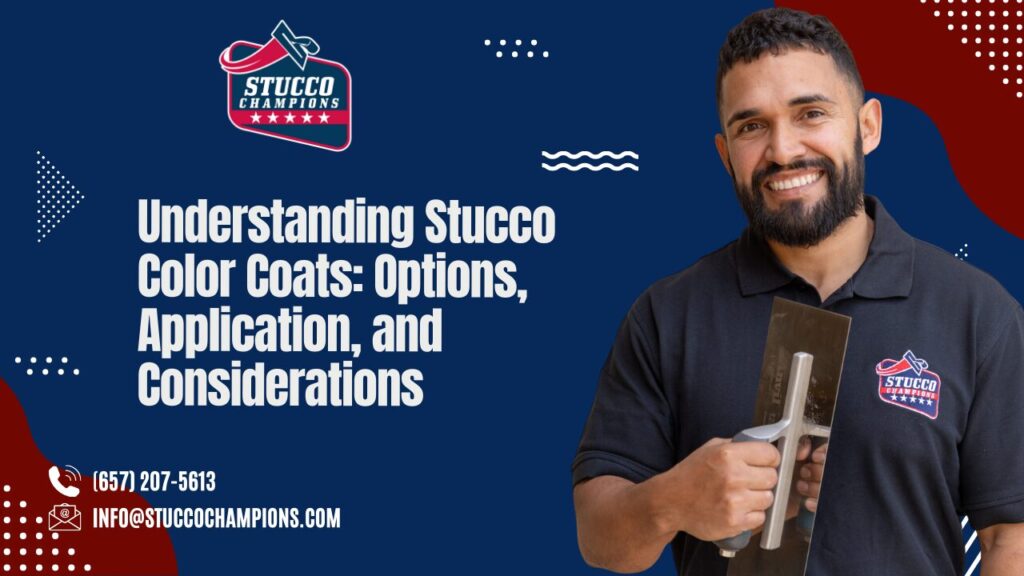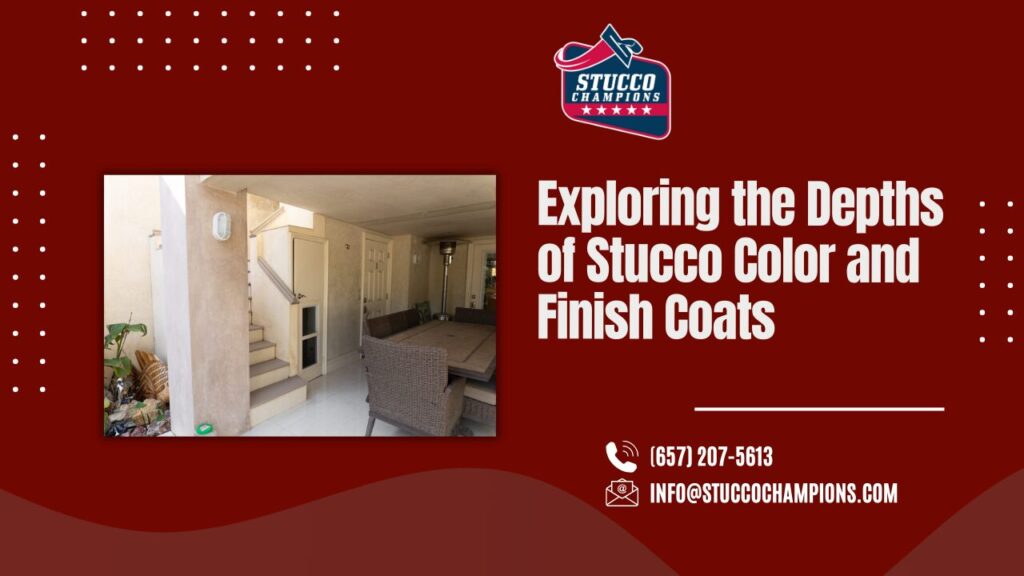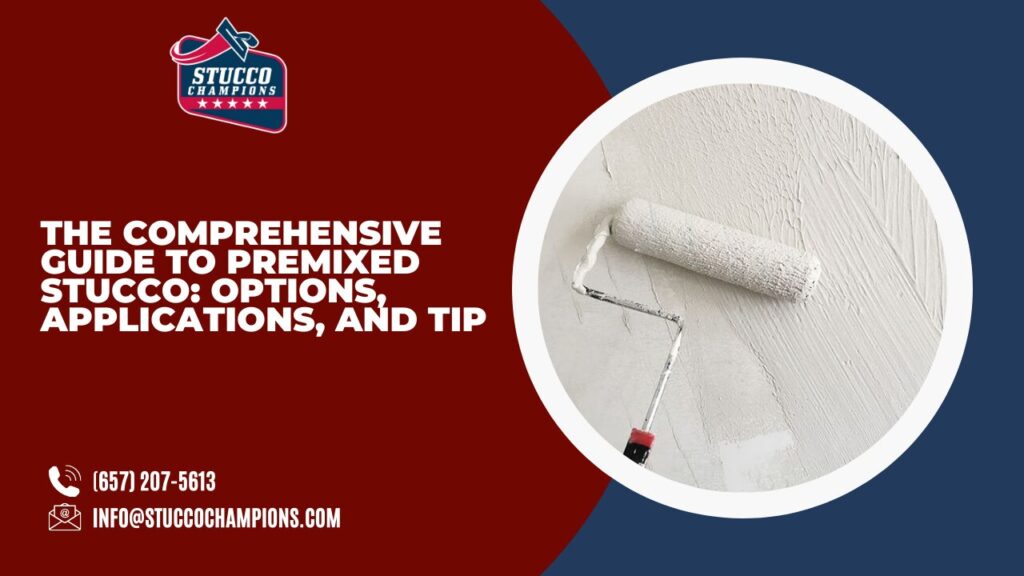Stucco application, a vital aspect of building construction, comes with two primary techniques: spraying and hand spreading. Each method, with its distinct advantages and challenges, caters to varying skill levels and project requirements. This article, written by a professional with extensive experience in construction and stucco application, aims to provide an in-depth comparison of these methods to guide you in choosing the most suitable one for your needs.
Understanding the Techniques
Spraying stucco is often preferred for finish coats due to its ability to provide a thinner, more consistent layer. This method is particularly advantageous for novices as it simplifies the application process. On the other hand, hand spreading is traditionally favored by skilled plasterers who can expertly manipulate the material to achieve the desired finish.
Spraying VS Hand Spreading
Several factors influence the decision between spraying and hand spreading. These include the skill level of the applicator, cost of tools, time constraints, and accessibility.
The Skill of the Applicator
Experienced plasterers might opt for hand spreading, especially for smaller areas, as it requires fewer tools and offers a cleaner process. In contrast, beginners may struggle with hand spreading due to its technique-intensive nature, finding spraying a quicker and more forgiving method.
The Tools Needed
Spraying stucco necessitates a larger investment in tools compared to hand spreading. Even when spraying, basic tools like hocks, trowels, scratchers, and floats are essential for proper application. Hand spreading requires these same tools, along with additional equipment such as a mud board and mixer for material transportation.
Spraying Equipment
For spraying, a compressor and sprayer are necessary. The compressor should have a high cfm output, especially for base coat materials. A different sprayer is preferable for finish materials, which we will explore further.
Time Considerations
The time required for each method varies. Setting up a compressor and sprayer for spraying adds extra time compared to hand spreading. However, initial setup tasks like mixing and transporting the mud are common to both methods.
Desired Finish/Texture
The desired texture and finish play a significant role in choosing between spraying and hand spreading. Each technique offers distinct aesthetic outcomes, which will be discussed in the following sections.
Spraying Base Coat Materials
A mortar sprayer with a high-capacity compressor is typically best for base coats. These sprayers require more air (approximately 9 – 12 cfm at 100 psi) and can apply thicker layers up to the standard 3/8″ – 1/2″ thickness needed for base coats.
Spraying Finish Coat Materials
Finish coat sprayers are less expensive and readily available at most home improvement stores. They require less air (around 5 – 8 cfm) and feature larger hoppers, usually made of plastic. The smaller nozzle orifice is suited for thinner finish coat materials (1/16″ – 1/8″).
Hand Spreading Stucco
While more challenging and time-consuming, hand-spreading stucco is feasible for novices. The final quality may vary, and having an experienced plasterer available is beneficial.
Challenges in Hand Spreading
Hand spreading involves complexities such as removing mud from the hock, applying mud to the wall, and achieving the correct depth. Each step requires practice and precision, particularly for base coats.
In conclusion, both spraying and hand-spreading stucco have their unique benefits and challenges. Your choice should depend on factors like skill level, project size, desired finish, and available tools. This comprehensive guide, combining professional experience and practical advice, aims to help you make an informed decision for your stucco application needs. For further information and technical references, consult industry-standard construction materials and guides specific to stucco application.
Last week, we shared Fog Coating Stucco Walls: A Comprehensive Guide detailing the process, benefits, and tips for applying a fog coat to refresh and protect your stucco surfaces. If you’re looking to maintain or enhance your stucco’s appearance, be sure to check out the post!
—




